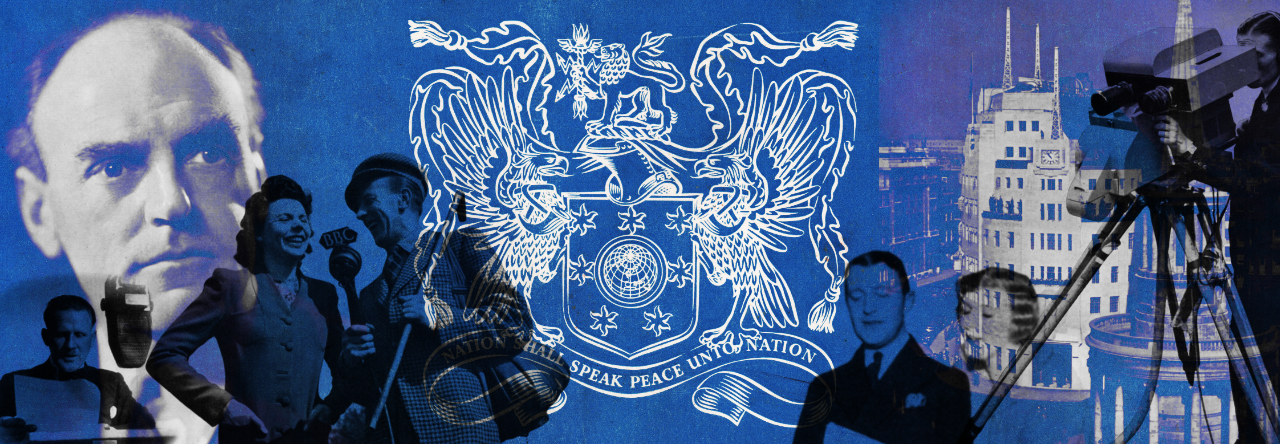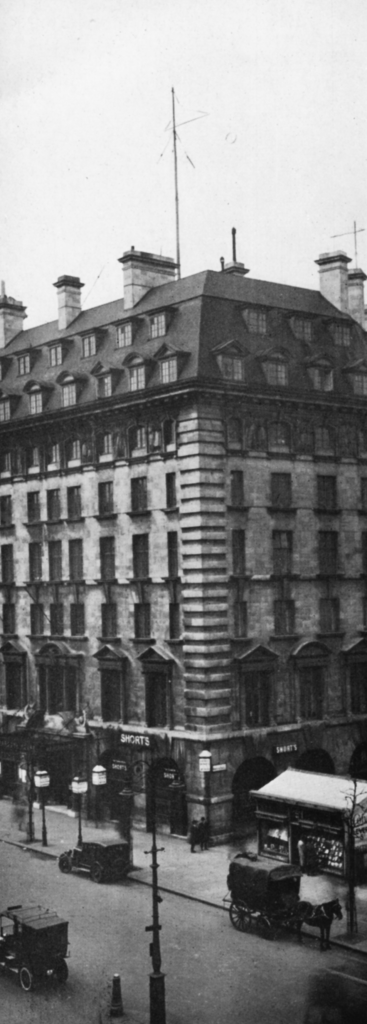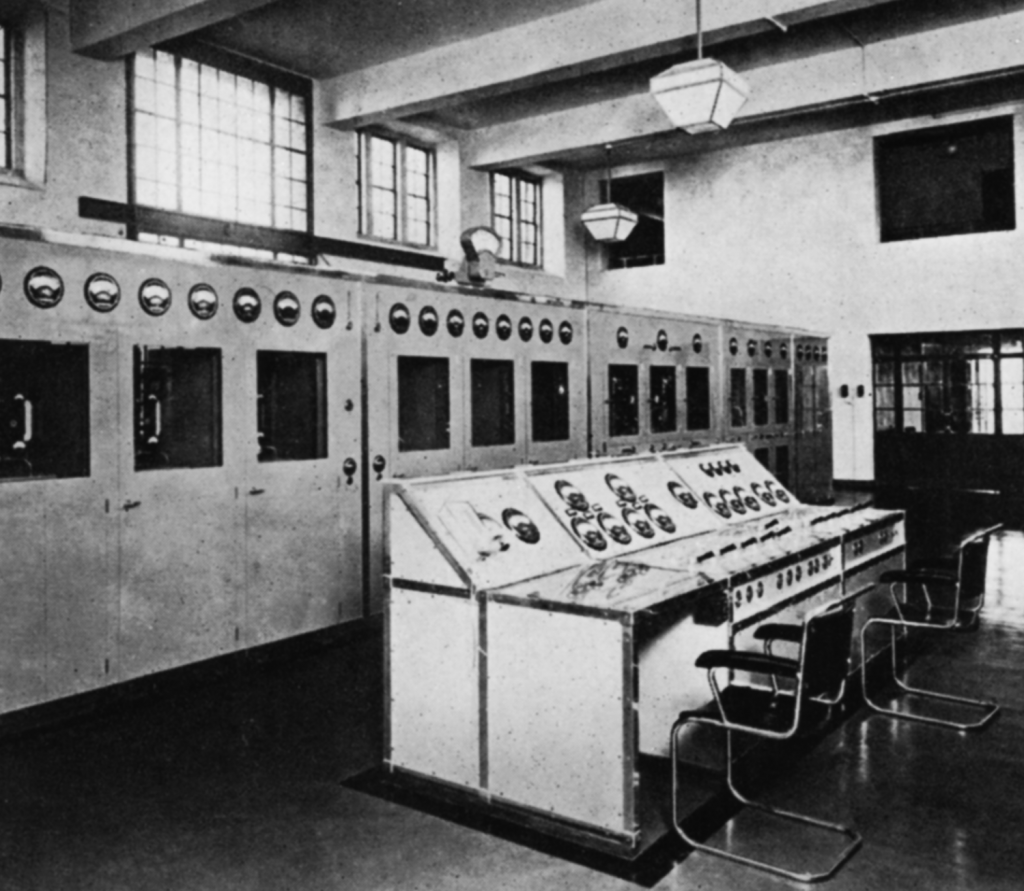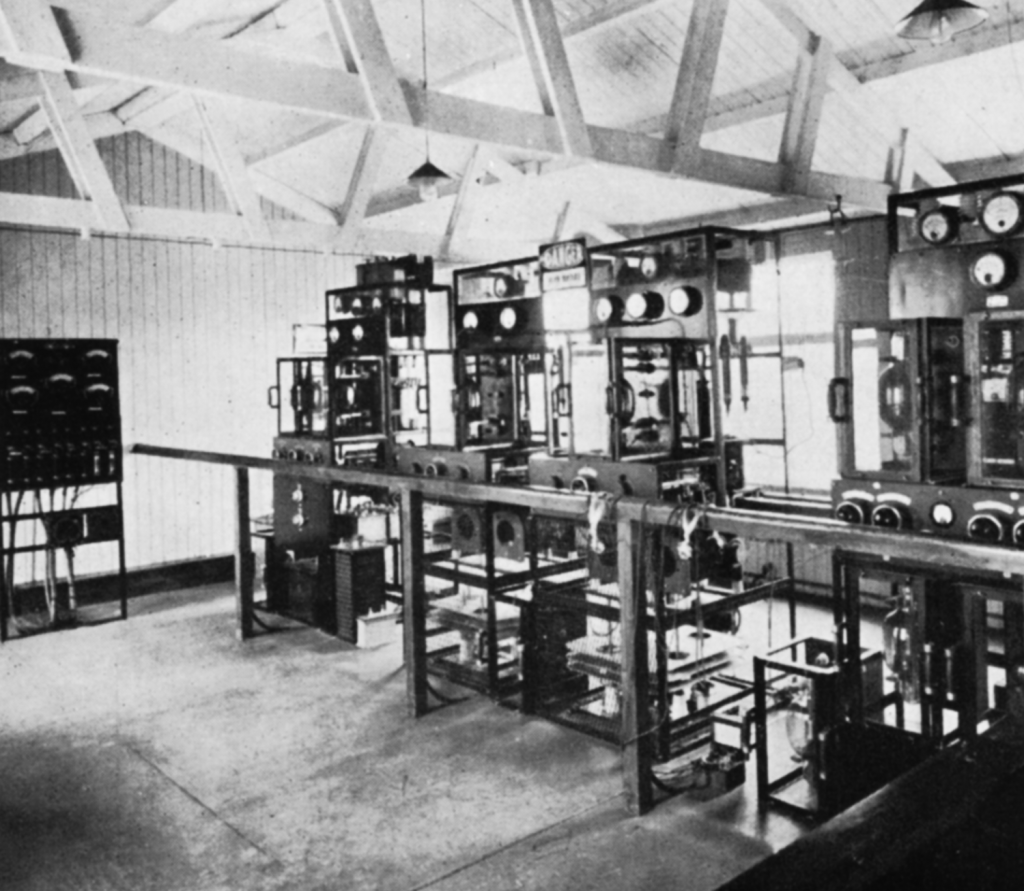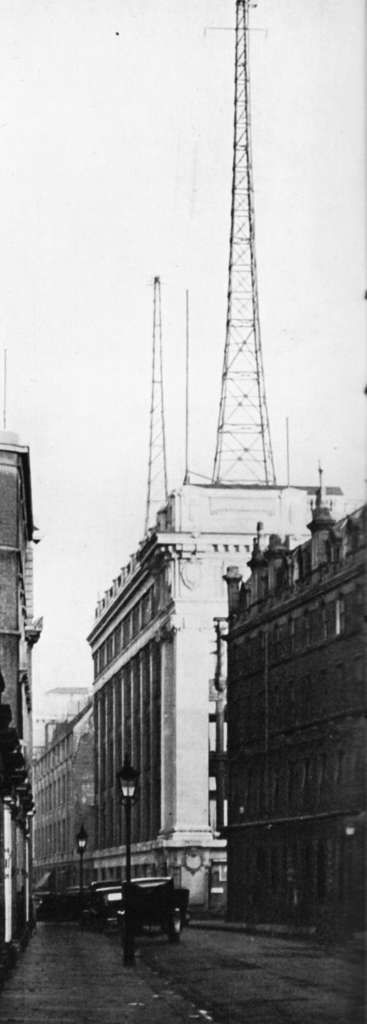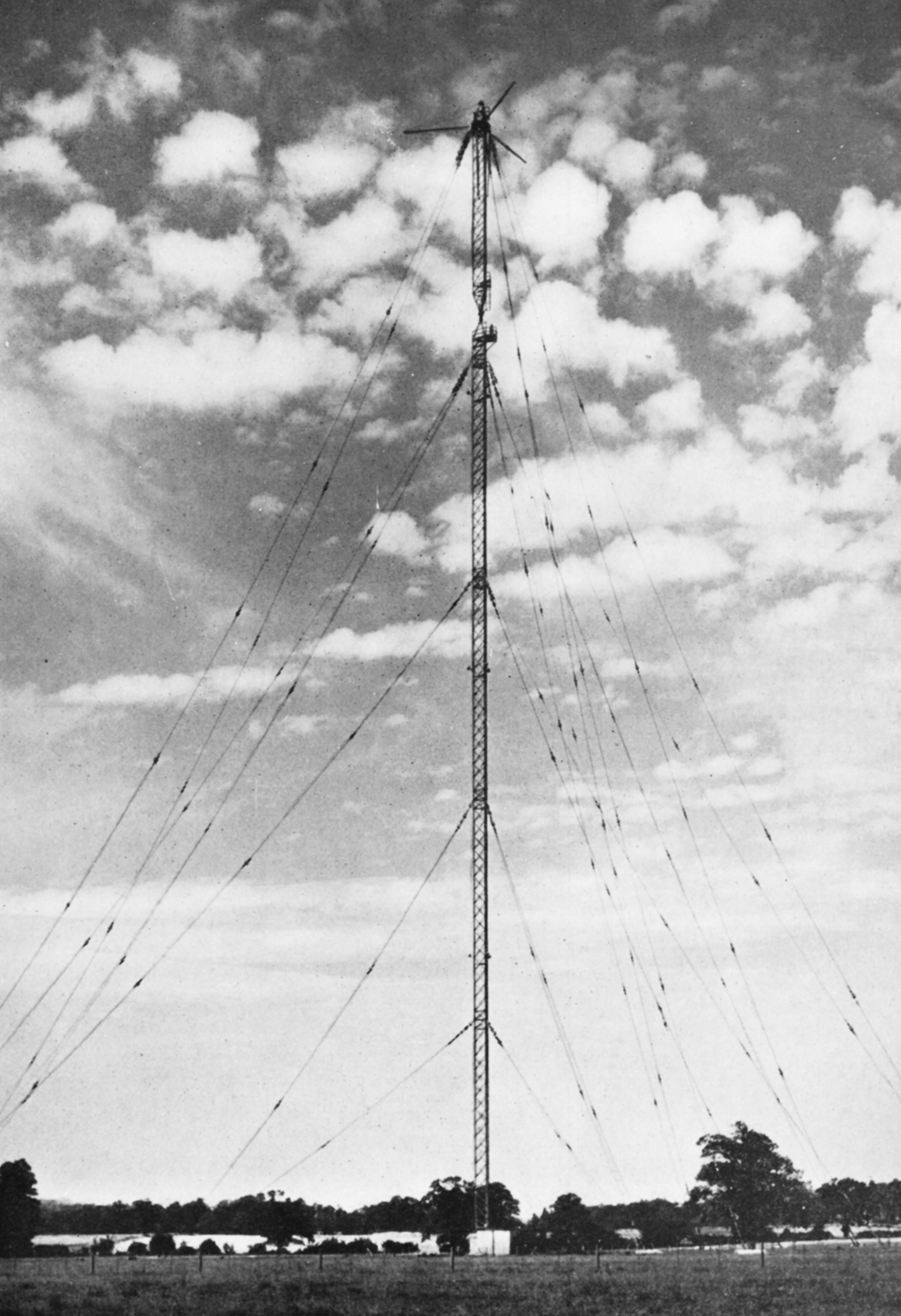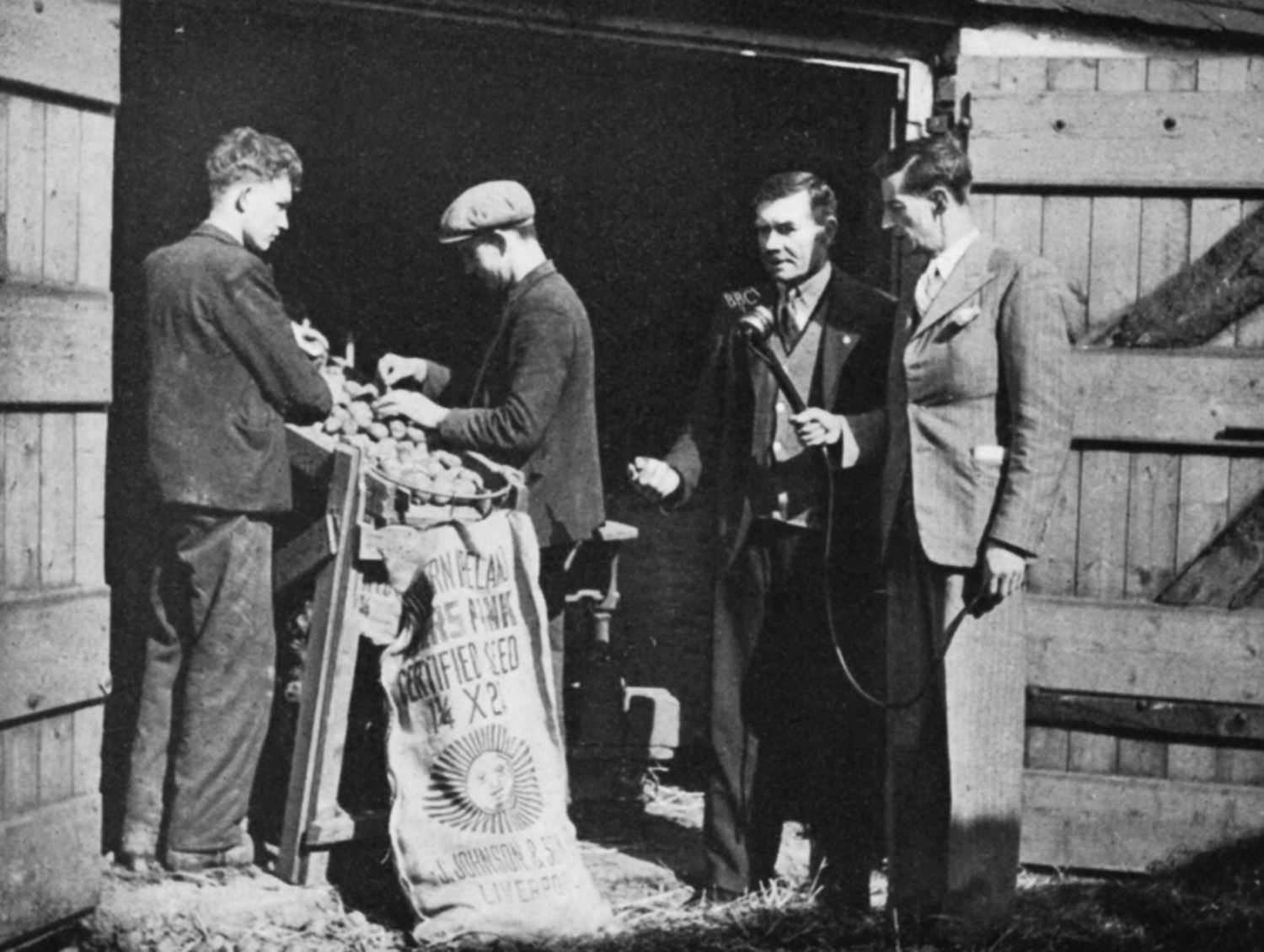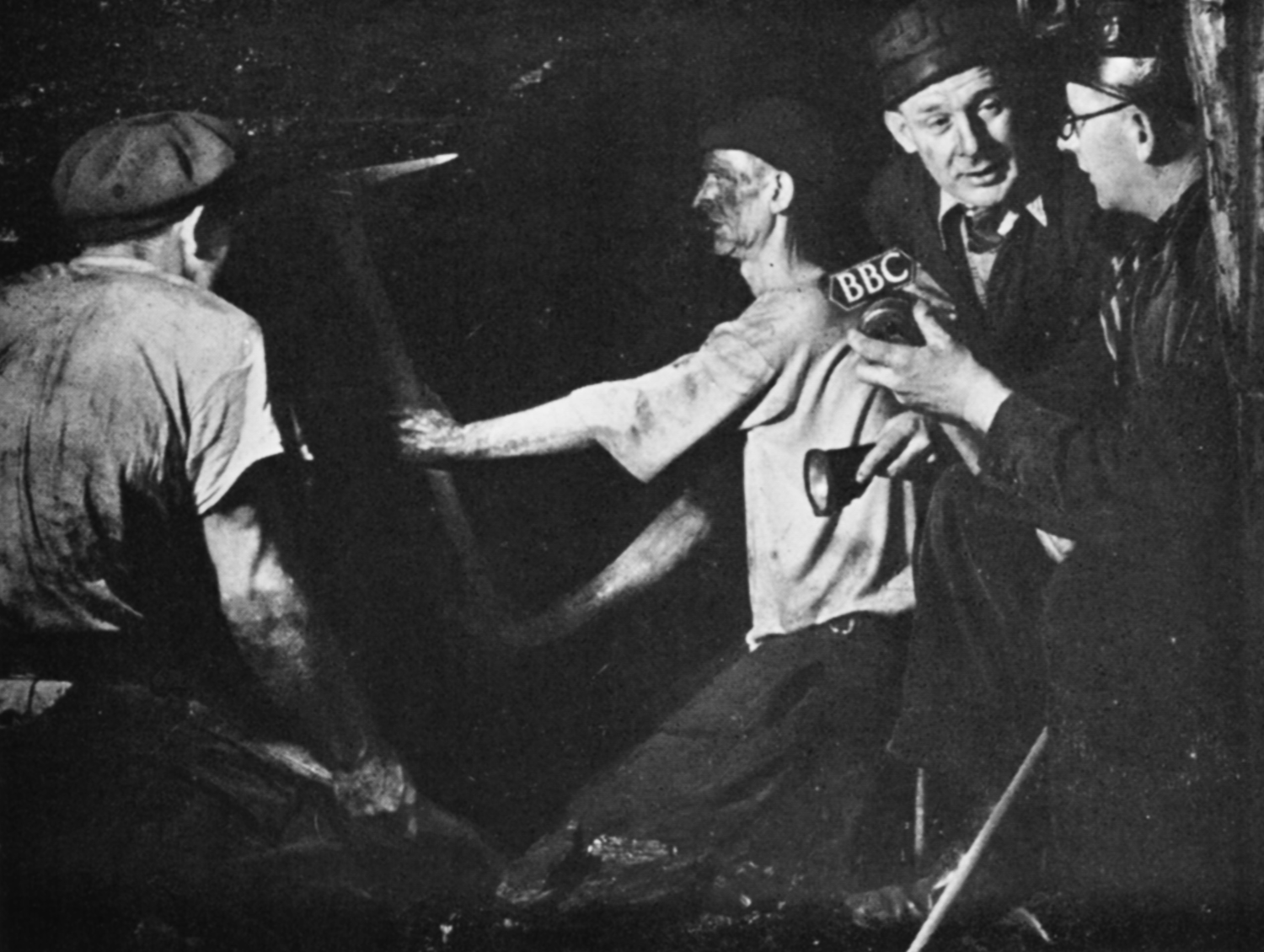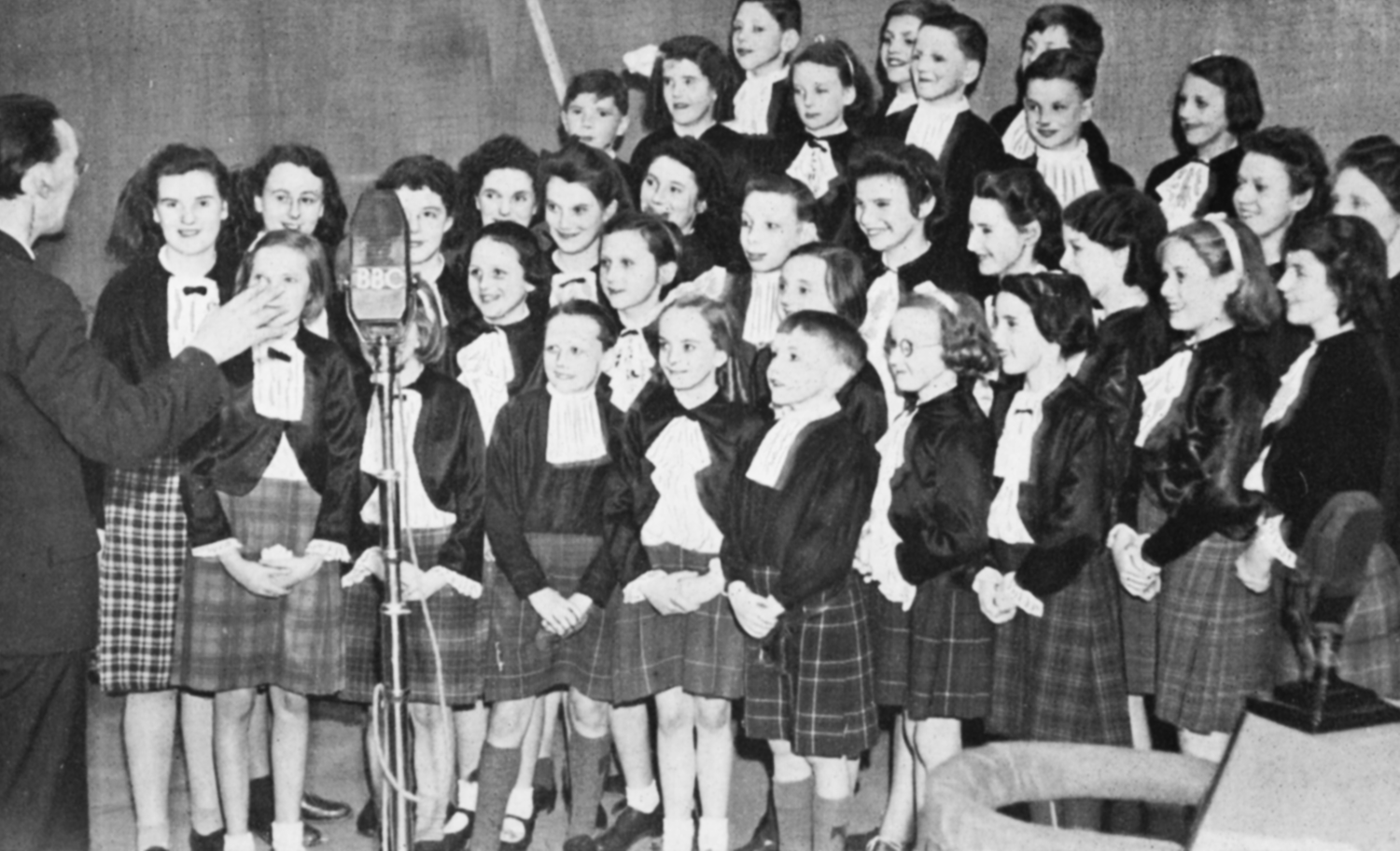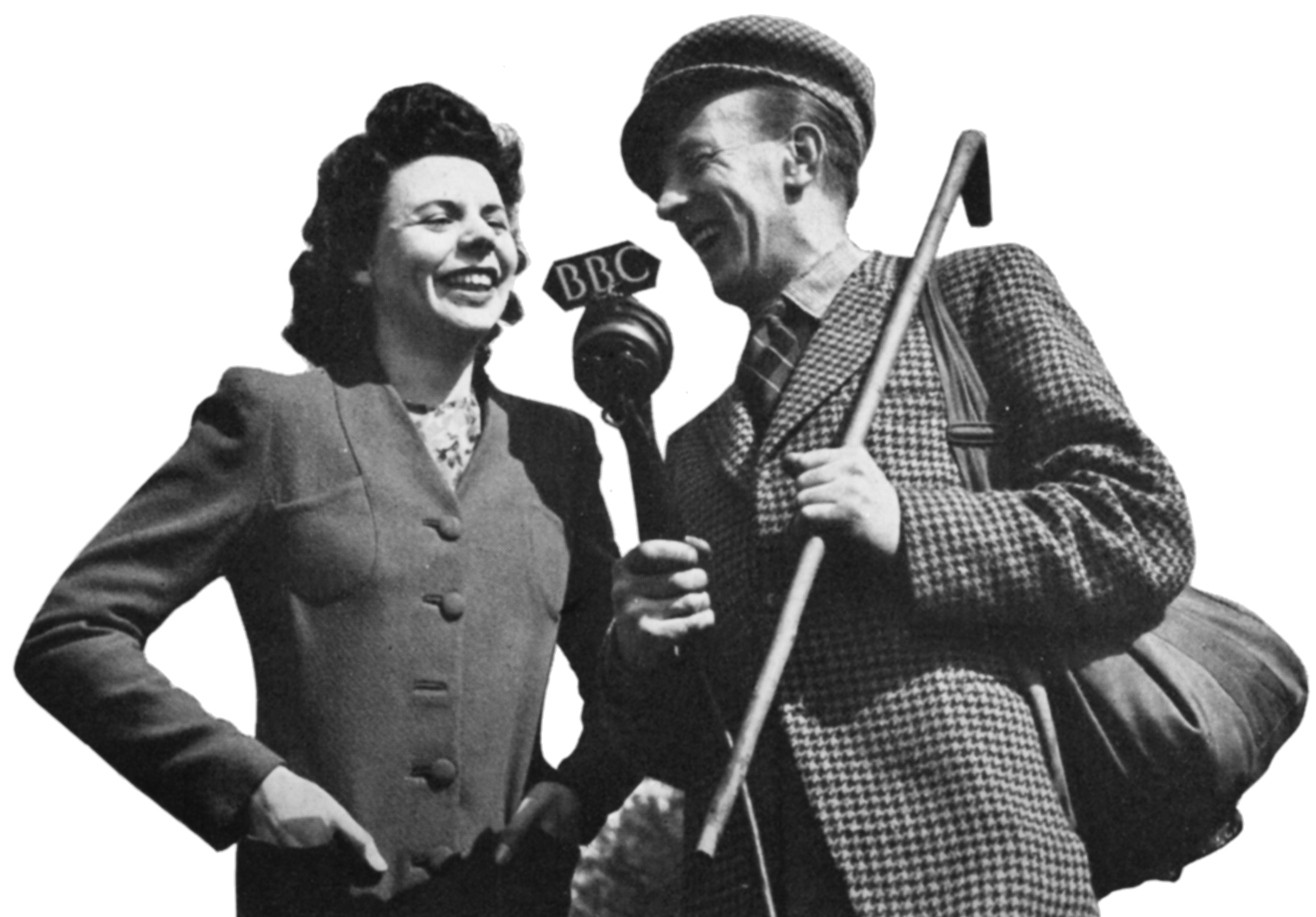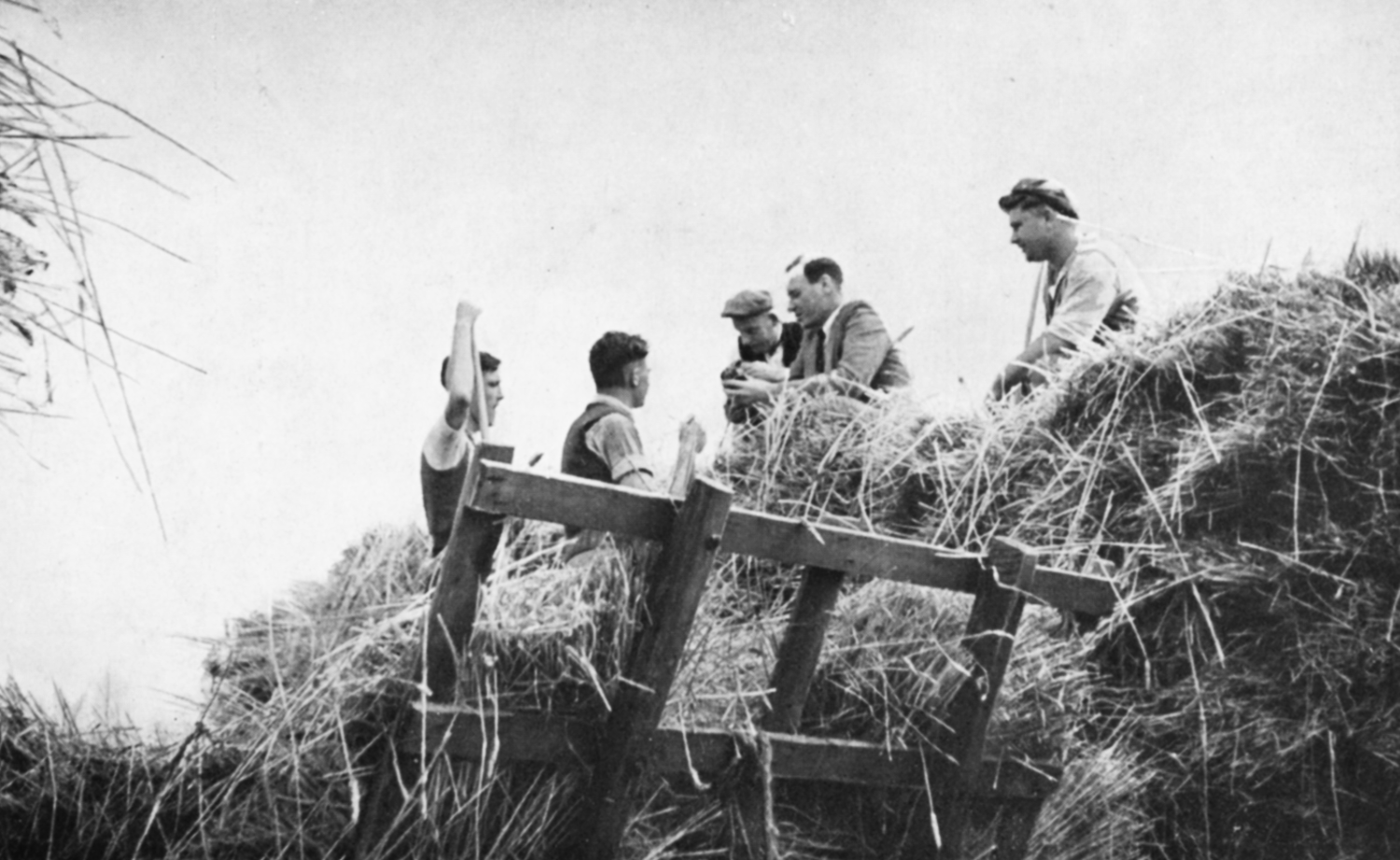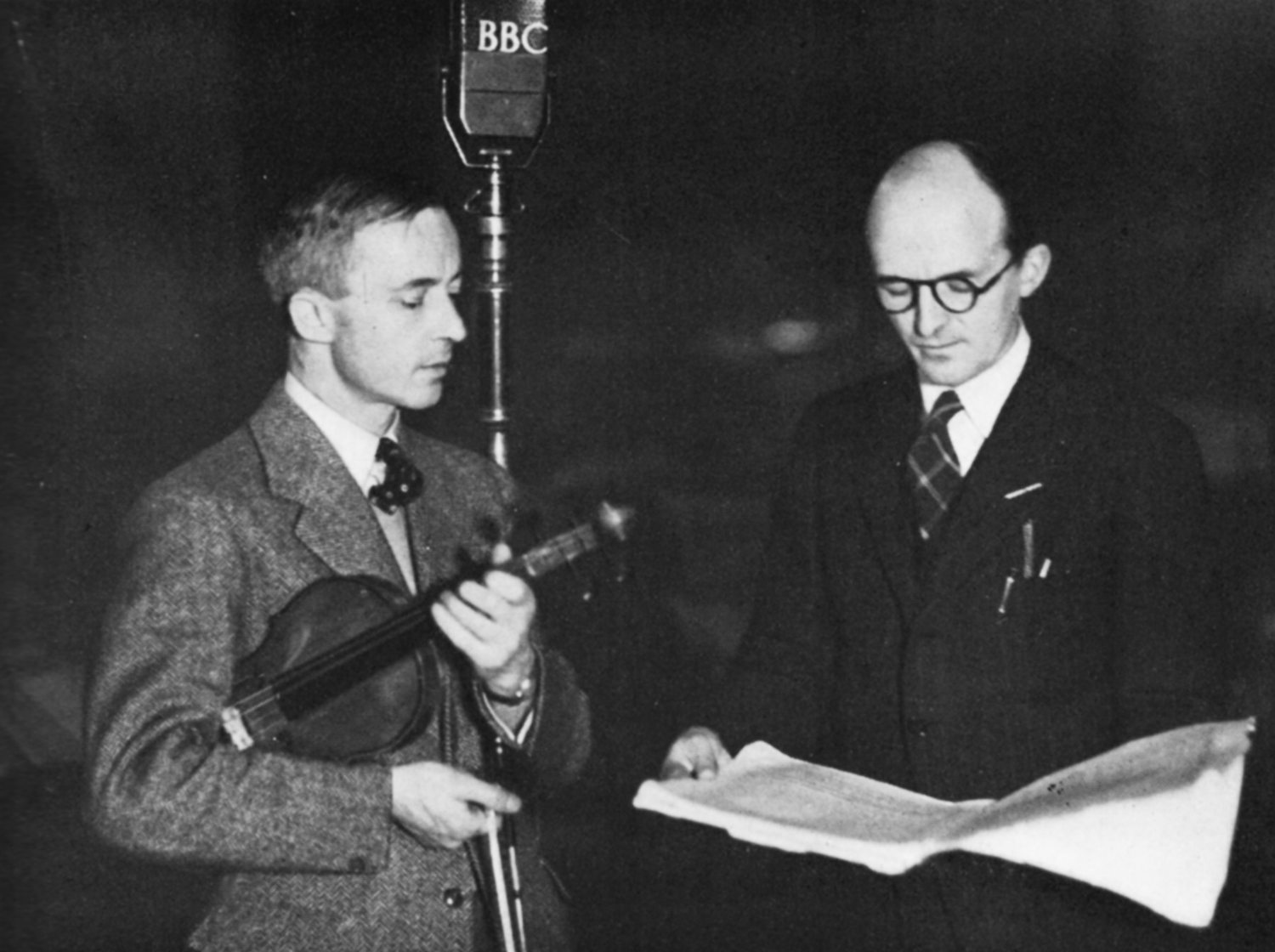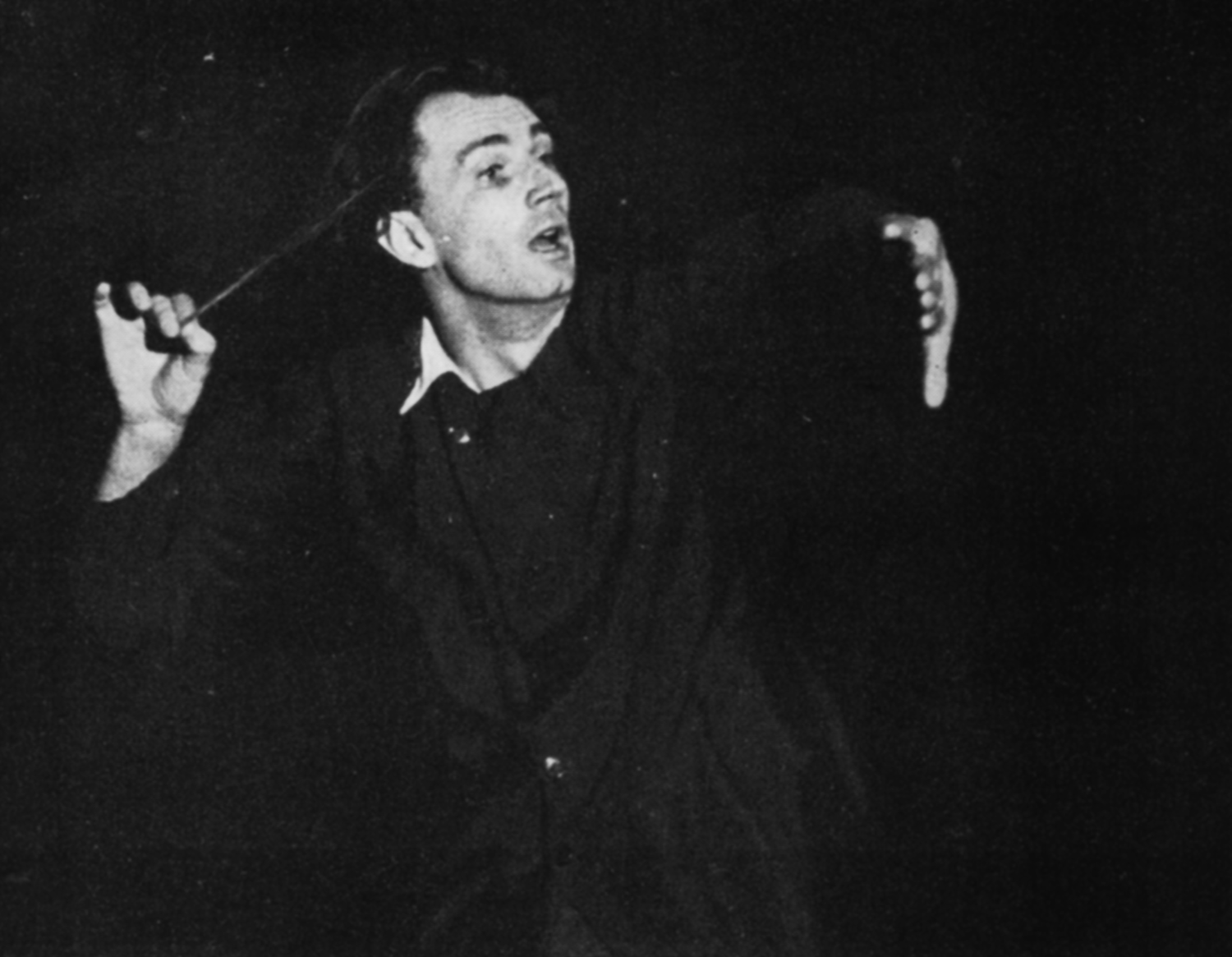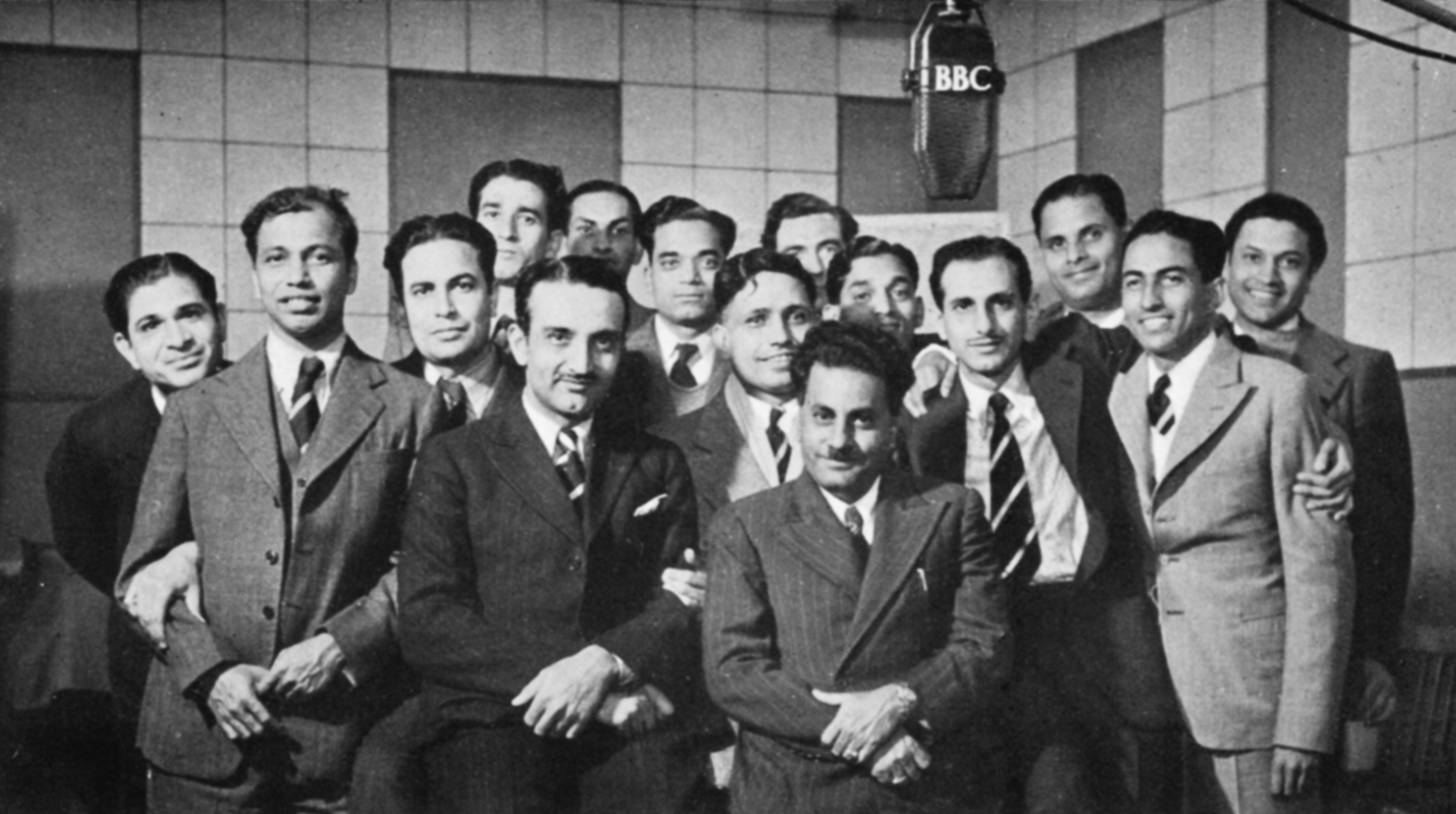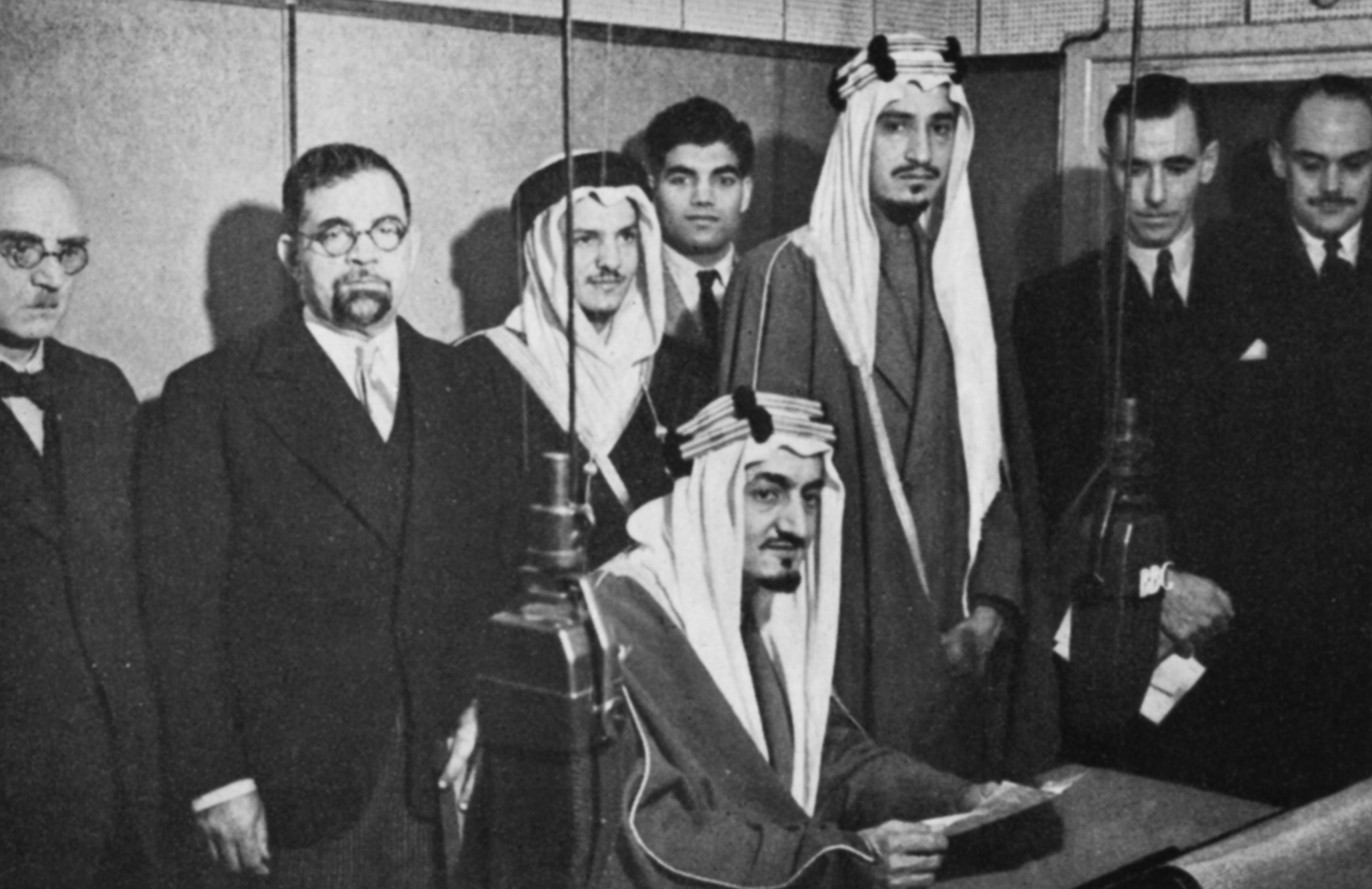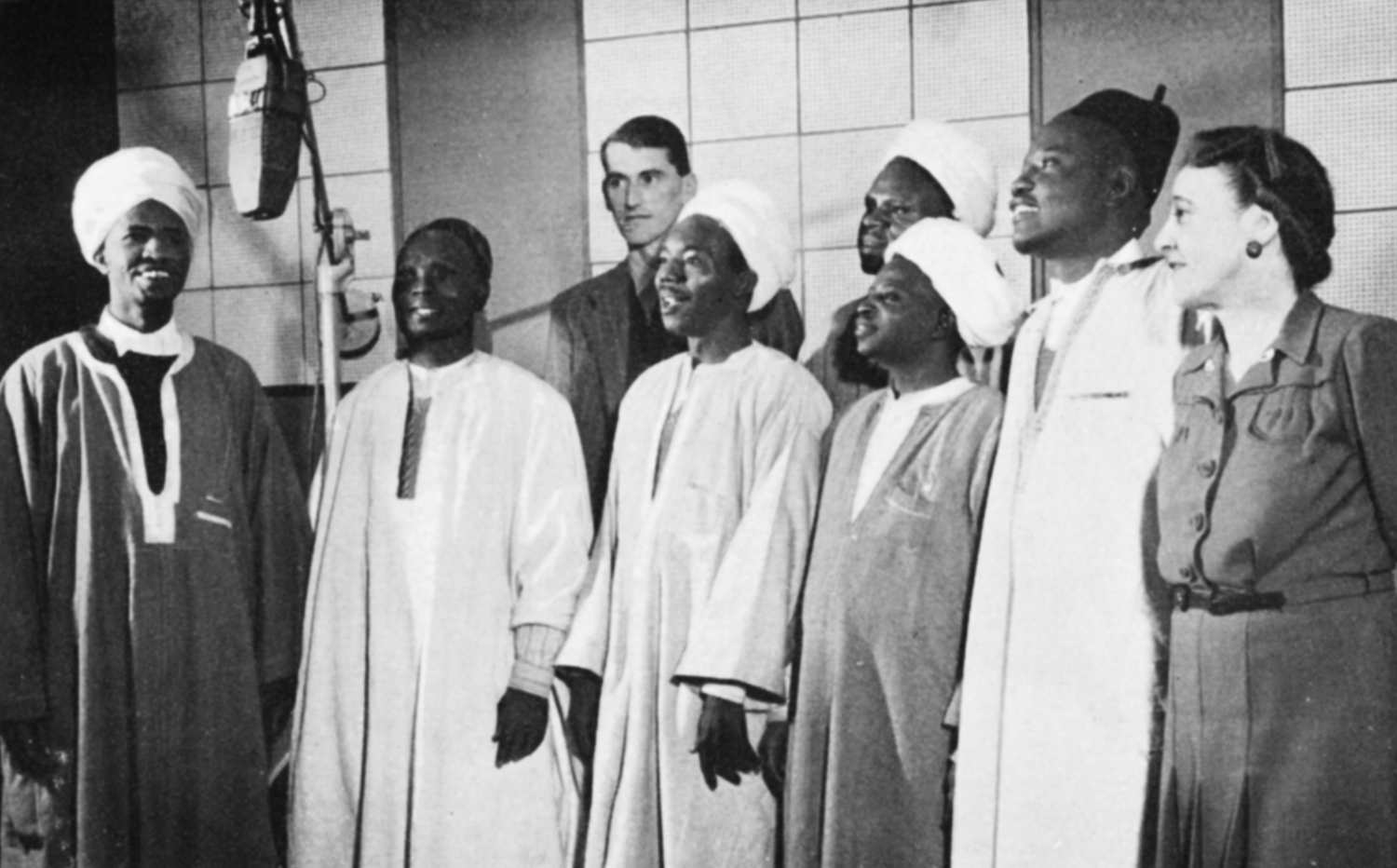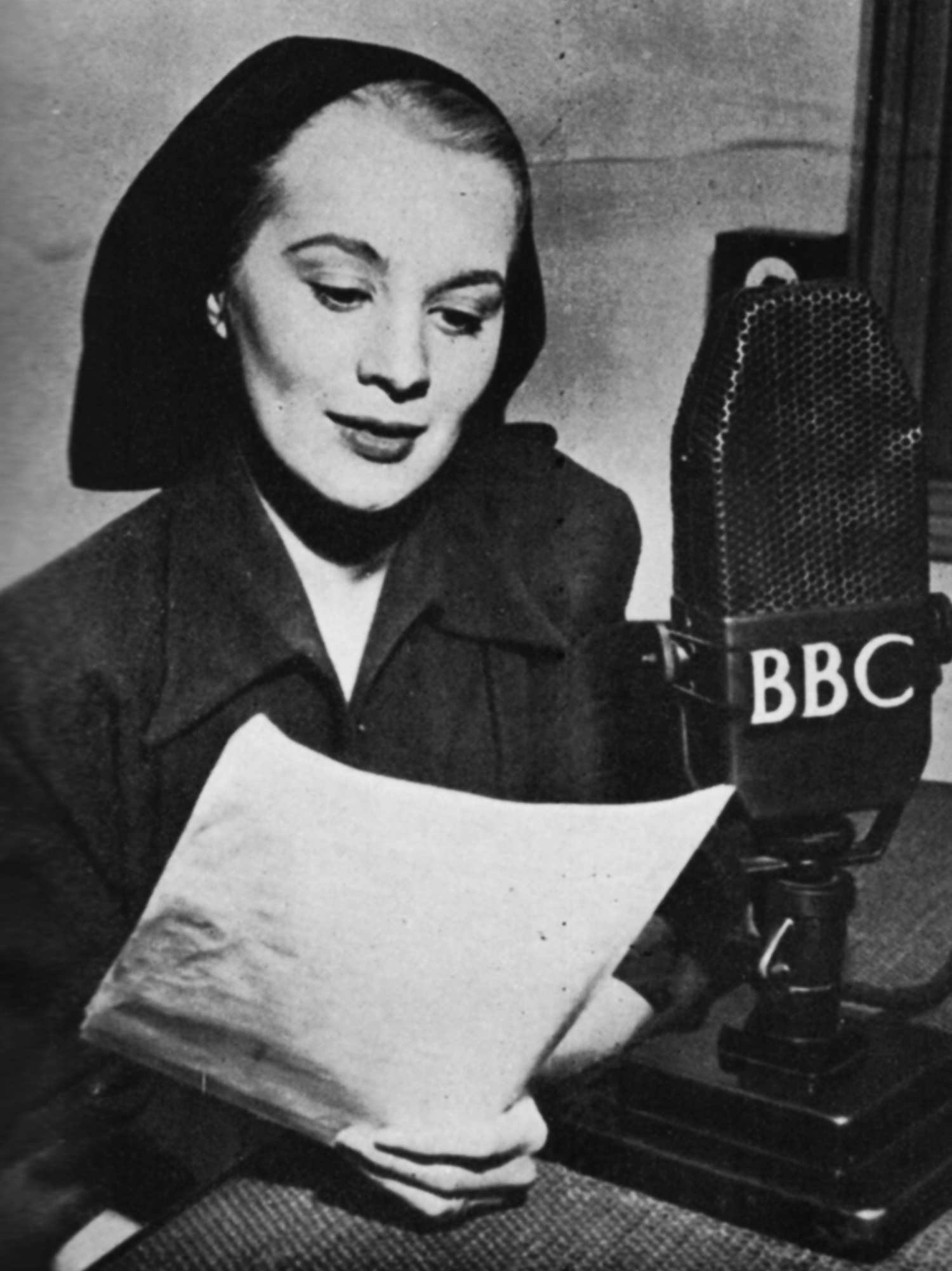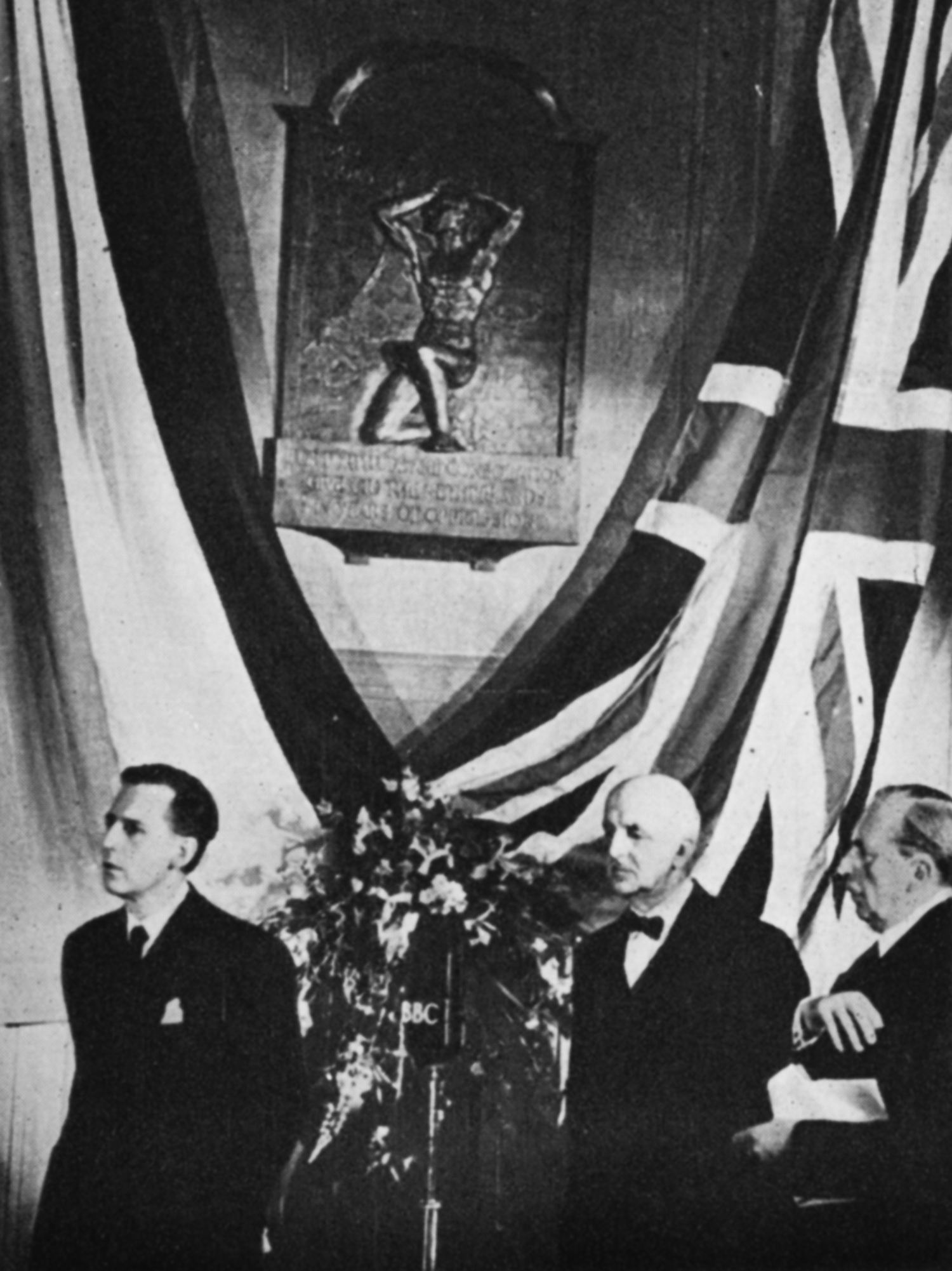Oxford Street to Brookmans Park
THE FIRST BBC transmitter was installed in Marconi House, London (1) and was the first of a number of 1-kW transmitters each located near the centre of the town it served. Soon more spacious accommodation was required, and as engineering advances had made it possible to separate the transmitters from the studios, in 1923 the head office and London studios moved to Savoy Hill and in 1925 a 2-kW transmitter was installed on the roof of a shop in Oxford Street (4). This and similar transmitters in larger towns, such as Bournemouth (3), radiated local programmes on medium waves and a big advance was the introduction in 1925 of an additional ‘National’ programme, broadcast by a 25-kW long-wave transmitter at Daventry. The next main development came in 1929 with the opening of Brookman’s Park, the first of the high-power, twin-wave ‘Regional’ stations. These each contained two separate 50-kW transmitters, one for the Regional, the other for the common National programme. These transmitters were of much improved design and were housed in glass-fronted cabinets. Increasing interference from European stations and electrical equipment made it necessary to augment the service in parts of the country. In 1934 a long-wave transmitter of the then unprecedented power of 150-kW at Droitwich took over the broadcasting of the National programme, and additional medium-wave transmitters reinforced the Regional service. Burghead, N. Scotland (2), is typical of these modem broadcasting transmitters, entirely enclosed, remotely controlled and capable of radiating 120-kW.
Series-loaded mast-radiators, which give results comparable to those of higher simple masts, were provided at Start Point in 1937 and Brookmans Park (below) in 1946.

